Stick Welding vs Mig: 2025 Beginners Simple Guide
 Sep 15,2023
Sep 15,2023

When it comes to welding, two commonly used methods are stick welding and MIG (Metal Inert Gas) welding. Both methods have their own advantages and disadvantages, making them suitable for different applications. In this guide, we will provide an overview of stick welding and MIG welding, discuss their differences, and help you understand which method is better suited for your needs.
What is Stick Welding?
Stick welding, also known as Shielded Metal Arc Welding (SMAW), is a manual welding process that uses an electrode (stick) coated in flux to create the weld. The flux coating melts during the welding process, creating a protective gas shield and producing a slag that covers the weld bead, protecting it from contamination.
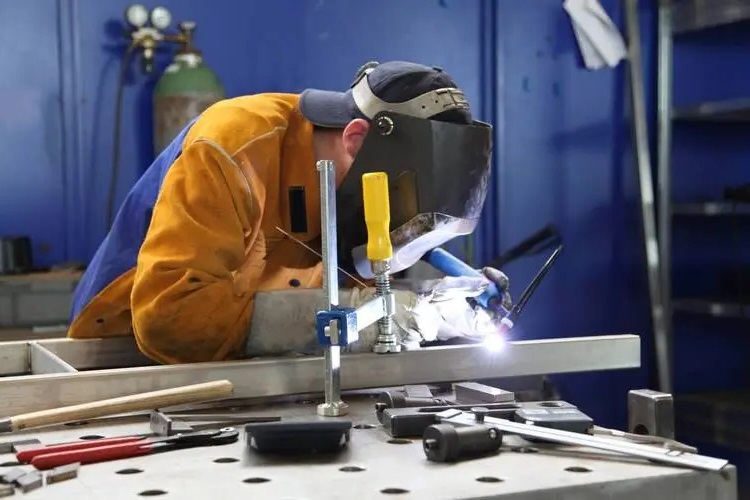
Figure.No.1.Stick Welding Sketch.
How does stick welding work?
Stick welding works by creating an electric arc between the electrode and the workpiece. The electrode, which is connected to the positive terminal of the welding machine, provides the filler metal and flux, while the workpiece serves as the grounding point. As the electrode is introduced to the workpiece, an arc is generated, melting the electrode and creating a weld pool that solidifies into the desired joint.
Advantages of stick welding
Stick welding is popular for its simplicity and versatility. It can be performed in various positions, making it suitable for welding in different environments and on different materials. Stick welding is also more forgiving in terms of surface preparation and can be used outdoors, even in windy conditions. Additionally, stick welding equipment is relatively inexpensive and portable.
Disadvantages of stick welding
One of the main disadvantages of stick welding is its lower deposition rate compared to other welding methods. It also produces more spatter and slag, requiring more post-weld cleaning. Stick welding can be more challenging for beginners due to the need for precise electrode manipulation and maintaining a consistent arc length.
What is stick welding used for?
Stick welding is commonly used in construction, maintenance, and repair projects. It is suitable for welding thick materials, including carbon steel, stainless steel, and cast iron. Stick welding is often used in outdoor applications, such as pipeline welding and structural steel fabrication.
Does stick welding require gas?
No, stick welding does not require a shielding gas as the flux coating on the electrode provides the necessary protection. This makes stick welding a convenient option for situations where a shielding gas may not be readily available.
How MIG Welding Works
MIG welding, also known as Gas Metal Arc Welding (GMAW), is a semi-automatic welding process that uses a continuously fed wire electrode and a shielding gas to create the weld. The wire electrode is consumed during the welding process, providing both the filler metal and the electrode.
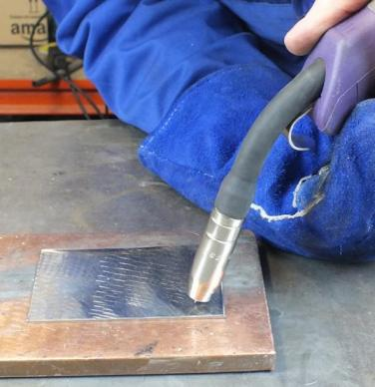
Figure.No.2.Mig Welding Torch.
Is MIG welding AC or DC?
MIG welding can be performed using either AC (Alternating Current) or DC (Direct Current). AC is commonly used for aluminum welding, while DC is preferred for steel and stainless steel welding.
Advantages of MIG welding
MIG welding offers higher deposition rates and faster welding speeds compared to stick welding. It also produces cleaner welds with less spatter and slag, requiring minimal post-weld cleaning. MIG welding is relatively easy to learn and provides excellent control over the welding process, making it suitable for both beginners and experienced welders.
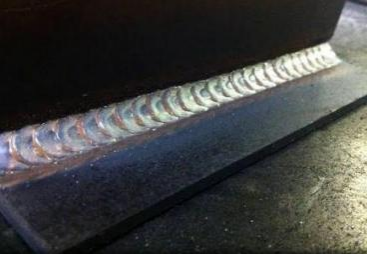
Figure.No.3.Mig Welding Look.
Disadvantages of MIG welding
MIG welding requires a shielding gas to protect the weld from atmospheric contamination. This means that a supply of shielding gas, such as argon or a mixture of argon and carbon dioxide, is necessary. MIG welding equipment can be more expensive than stick welding equipment, and the process is less forgiving when it comes to welding in windy conditions or on dirty surfaces.
What is MIG welding used for?
MIG welding is widely used in manufacturing, automotive, and fabrication industries. It is suitable for welding thin to medium-thickness materials, including carbon steel, stainless steel, aluminum, and various alloys. MIG welding is commonly used for automotive body repairs, sheet metal fabrication, and structural welding.
Can you MIG weld without gas?
Yes, it is possible to MIG weld without gas using a process called flux-cored arc welding (FCAW). Flux-cored wire electrodes contain a flux compound that provides the necessary shielding when it melts during the welding process. This makes flux-cored MIG welding a versatile option for outdoor applications or situations where a shielding gas may not be available.
Difference between MIG and stick welding
In-depth technical comparisons:
1. Electrical characteristics: Stick welding typically uses a constant current power source, while MIG welding uses a constant voltage power source.
2. Voltage and amperage: Stick welding requires higher voltages and amperages compared to MIG welding.
3. Arc behavior: Stick welding produces a more stable arc and can penetrate thicker materials, while MIG welding provides a smoother arc and is better suited for thinner materials.
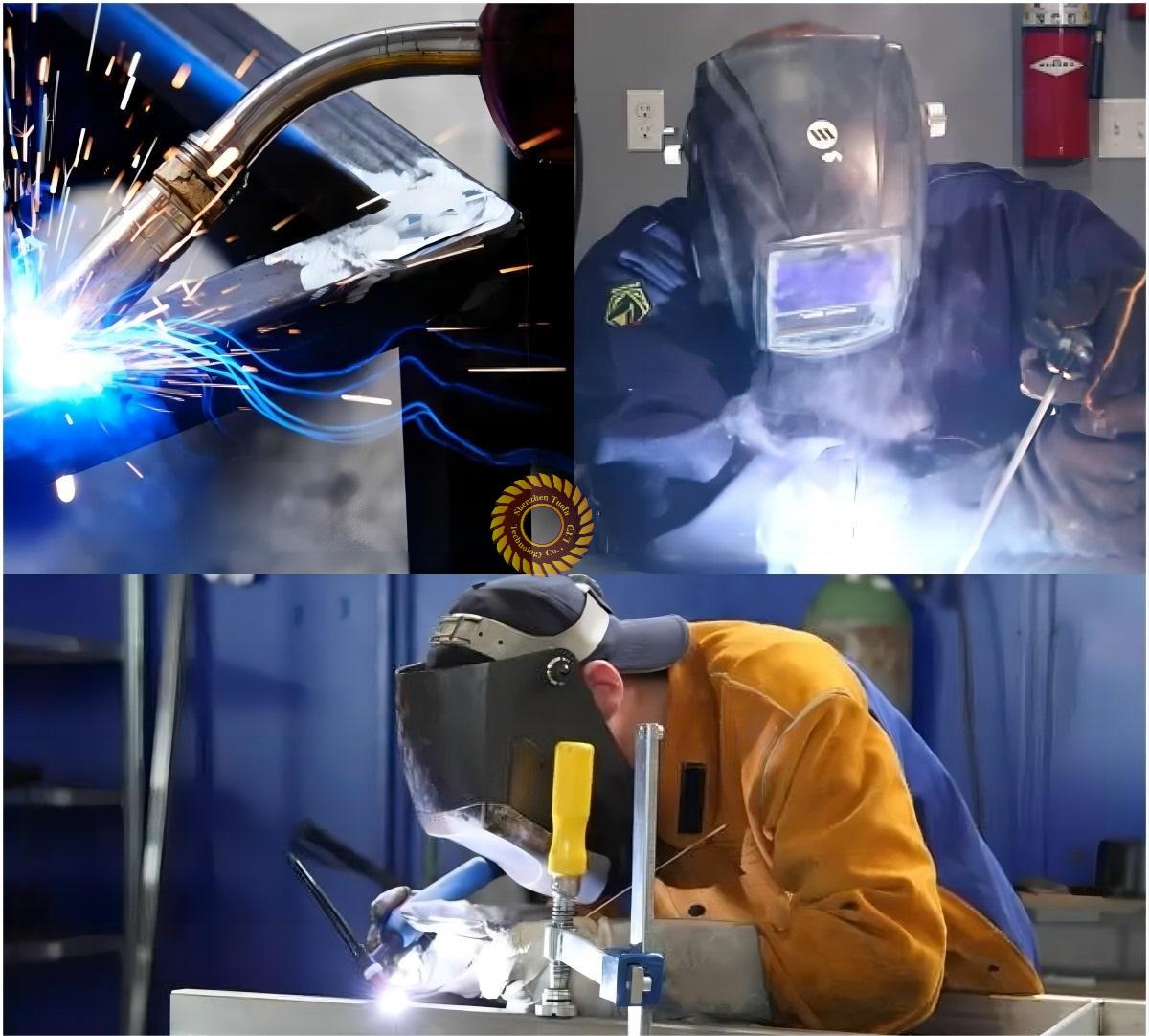
Material suitability and versatility
Stick welding is suitable for thicker materials, including carbon steel, stainless steel, and cast iron. It can be used in various positions and is more forgiving when it comes to surface preparation. MIG welding is suitable for thinner materials, including carbon steel, stainless steel, aluminum, and alloys. It provides excellent control and produces cleaner welds.
Best materials for stick welding
Stick welding is commonly used for welding carbon steel, stainless steel, and cast iron. It is suitable for applications such as construction, maintenance, and repair projects.
Indoor and outdoor
Stick welding is suitable for both indoor and outdoor applications and performs well even in windy conditions. MIG welding is best suited for indoor applications and may require additional protection or shielding in outdoor environments.
Typical applications
Stick welding is commonly used in construction, pipeline welding, and structural steel fabrication. MIG welding is widely used in manufacturing, automotive, and fabrication industries, including automotive body repairs, sheet metal fabrication, and structural welding.
Summary chart: Differences between MIG and stick welding
|
Stick NWelding |
Mig Welding |
|
Structural materials, Carbon steel |
Special material like Alumnium etc. |
|
Slow production |
Fast Production |
|
Good weld quality |
Excellent weld quality |
|
Low equipment cost |
High equipment cost |
|
No gas monitor |
Gas monitoring is essential |
|
No extra skill |
Machine skill needs |
|
Outdoor, Site and indoor |
Only for indoor |
Is stick welding better than MIG?
Determining which welding method is better, stick welding or MIG welding, depends on various factors, including the application, the material being welded, and the skill level of the welder.
Is stick welding easier than MIG?
While stick welding is generally considered more challenging for beginners due to the need for precise electrode manipulation and maintaining a consistent arc length, some individuals may find it easier to learn and perform than MIG welding. MIG welding is relatively easy to learn and provides excellent control over the welding process.
Is MIG or stick welding stronger?
The strength of a weld depends on various factors, including the base material, welding technique, and the skill of the welder. Both stick welding and MIG welding can produce strong welds if done correctly. However, MIG welding is often preferred for its ability to produce cleaner and more precise welds.
Gasless MIG vs stick welding
Gasless MIG welding, also known as flux-cored arc welding, can be performed without a shielding gas, making it suitable for outdoor applications or situations where a shielding gas may not be available. Stick welding, on the other hand, uses a flux-coated electrode that provides its own shielding.
Flux core MIG vs stick welding
Flux core MIG welding, which uses a flux-cored wire electrode, is a variation of MIG welding that provides its own shielding when the flux compound melts during the welding process. This makes it a versatile option for outdoor applications or situations where a shielding gas may not be available. Stick welding, on the other hand, uses a flux-coated electrode for shielding.
Wire feed vs stick welding
MIG welding, with its wire feed system, offers a continuous and consistent supply of filler material, resulting in faster welding speeds and higher deposition rates compared to stick welding. Stick welding requires the constant replacement of electrodes, which can slow down the welding process.
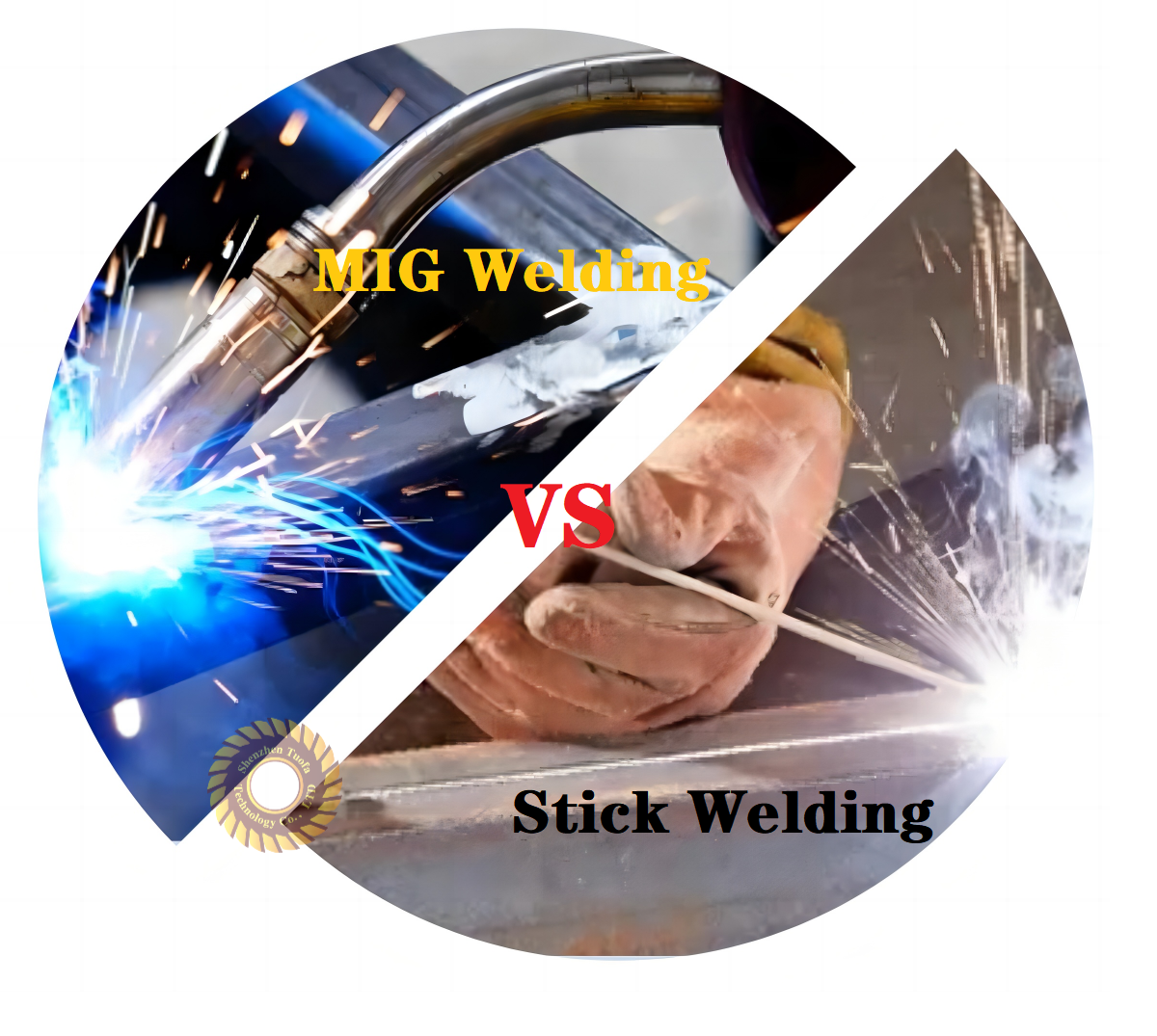
Material limitations: When to Choose Which Method
The choice between stick welding and MIG welding depends on the materials being welded and the specific requirements of the project.
Quality and precision in welding
When it comes to quality and precision, MIG welding often provides cleaner and more precise welds compared to stick welding. However, with proper technique and skill, stick welding can also produce high-quality welds.
Analyzing weld quality: Stick vs MIG
Stick welding can produce strong and reliable welds, but it may require additional post-weld cleaning due to the presence of slag and spatter. MIG welding, on the other hand, produces cleaner welds with minimal post-weld cleaning required.
Precision in welding: Which method wins?
MIG welding offers excellent control and is often chosen for projects that require precise and clean welds. Stick welding, while less precise, can still produce quality welds with proper technique and skill.
Practical applications and case studies
Real-world examples and case studies can provide insight into the applications of stick welding and MIG welding in various industries. These examples showcase the versatility and effectiveness of each method in specific projects.
Easiest type of welding
The easiest type of welding depends on the individual's skill level and familiarity with the welding process. Some individuals may find stick welding easier to learn and perform, while others may prefer the simplicity and control of MIG welding.
Testimonials and expert interviews
Testimonials from experienced welders and expert interviews can provide valuable insights into the pros and cons of stick welding and MIG welding. These testimonials can help beginners understand the challenges and benefits of each method.
How Shenzhen Tuofa Leads Chinese Factories in Welding and Machining Services
Shenzhen Tuofa, a leading CNC machining factory in China, prides itself on its expertise in welding and machining processes. With a team of skilled technicians and state-of-the-art equipment, Tuofa ensures high-quality welding and machining services for its clients. Tuofa's commitment to innovation, precision, and customer satisfaction sets it apart from other factories in the industry.
In conclusion, stick welding and MIG welding are two commonly used methods that offer different advantages and disadvantages. Stick welding is versatile, suitable for thicker materials, and can be performed in various environments. MIG welding provides faster welding speeds, cleaner welds, and excellent control. The choice between stick welding and MIG welding depends on factors such as the application, material thickness, and skill level of the welder. Tuofa's expertise in welding and machining processes makes it a trusted partner for all your CNC machining needs.
FAQs about Welding Processes
What is the easiest welding to learn?
Stick welding is an easy process to learn because it does not need training of welder for Gcode/ MCodeandcertainothertypes of automatic controlleruserinterface with parallel operation of wire feed and shielding gasses for oxide protection.
What is Wire Feed?
It is an input of wire for welding process with unit time for continuous fusion of welding material and insertion of same in metallic pool so that it can provide weld pool for solidification and strong bond with base metal.
Mig welding gloves vs Stick
Robust type of gloves are the need of Stick welding because in this process wear and tear of gloves is obvious but in case of Mig welding heat resistant, fatigue and creep resistant gloves are the essential need due to high heat and chemical gas process.
 Tel/WeChat:
Tel/WeChat:  Email:
Email: 
 Home
Home
 Mastering Titanium Welding: Comprehensive Guide and Best Practices
Mastering Titanium Welding: Comprehensive Guide and Best Practices 







